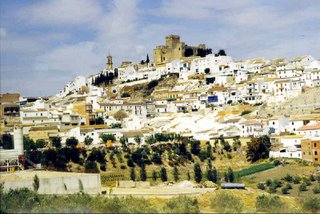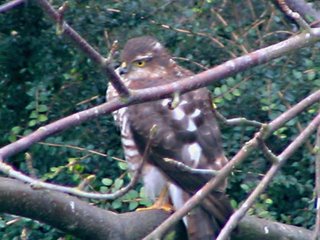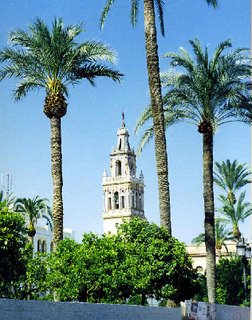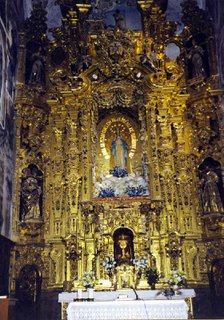Travelling roughly southwest from Granada takes you through vast olive groves and by many typical Spanish hilltop towns, of which Baena is a fine example. Like many places in this part of Spain, the Moorish architecture has been commandeered and converted to Christian use, as with the minoret which is now a church tower.

The city of Cordoba is mostly modern now, but that is not what everyone travels to it to see. Much of what is now the old quarter was for a long time the Jewish Quarter and consists of many narrow winding streets. In March they hold the Festival of the Patios in which all the courtyards are bedecked with floral displays, vying for the honour of the top prize.

One of the most famous of the Jewish inhabitants was the philosopher Maimonides who lived here in the 12th C. At the time there were a many faiths all living happily together. Cordoba had been seen as the capital of the Muslim world in Spain until they were finally expelled in 1236. Most of the Jews suffered a similar fate in 1492. So, not much changes, does it?

The height of the Islamic influence saw the construction of what was to be the largest mosque in the world. The Mesquita is an absolute must for today's visitors, although it is now the site of the Christian cathedral. The architecture and decoration quite blow the mind away and really have to be seen to be fully appreciated.

Before the invasion by Islam, the Romans had also been occupiers. There is still plenty of Roman influence to be seen, non more impressive than the bridge which is still in use today.










